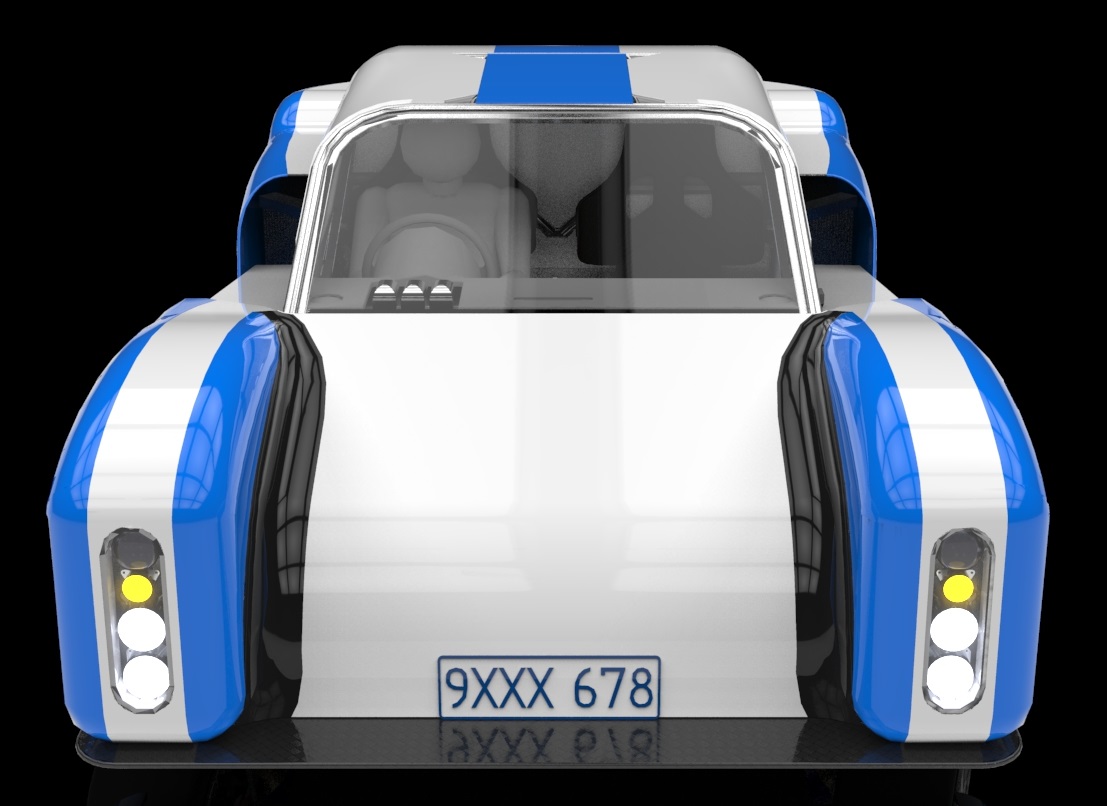Friday July 18, 2008.
It’s been a long time since the last post, there has been things happening with the car, more with sourcing parts and design work rather than actual construction though.
On my last business trip to the USA I brought back with me a set of stock 2008 model Corvette wheels, yet another Bay bargain as well as the damper units previously purchased and a pair Ultra Shield Pro Road Race seats which were purchased from Vick Racing in Texas who were very nice people to deal with.
Additionally I finally got my hands on the bolt on hub units for the C5 Corvette suspension uprights using this tool I’d been able to track down the correct SKF part number and order them directly from SKF which is always going to be the cheapest way to go to get quality parts.
Combine all that together and I’ve been able to finish off the suspension design, the rear fire-wall design and have the size and shape of the fuel tank fixed.
The next job is to get the suspension brackets attached to the frame. This is going to be interesting as I no longer have the build table the frame was built on as a flat reference surface to work from. Also as is inevitable I know the frame is not 100% straight. To measure how “not straight” it is, I flipped the frame over and using a laser level that projects a flat plane I was able to survey the frame at a good number of points. Whilst the frame is only at most a few mm out of flat, it is out as I am sure most shed built creations are.
The task then is to attach the suspension brackets accurately and remove any inaccuracy in the construction of the frame at the same time whilst having no flat surface to work from.
The plan I have come up with is to produce 4 MDF templates that have been accurately marked out with all the suspension location points on them and drilled through as a single set clamped together so that each exactly replicates the others.
These templates will then be clamped to the frame at the 4 stations where the suspension brackets attach, by aligning the templates so that a laser light can shine through all the holes in all the templates from the front to the rear of the car the templates should be in the correct alignment wit one another.
Then by shining the laser through each suspension point location in turn (so that it passes through all the holes and is therefore aligned) and offering up the suspension bracket it will mark the correct pivot point with the red dot which can then be marked and drilled. Repeat 16 times and the job will be done.



